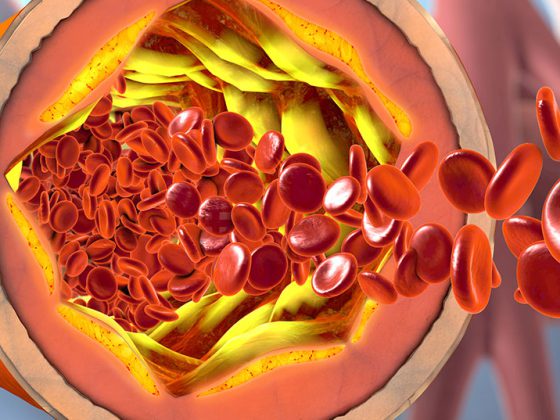Recent two-year results from the COMPARE trial – the world’s first prospective, randomized, controlled head-to-head study of two drug-coated balloons – showed that the one coated with a lower dose of paclitaxel had a similar primary patency rate as a balloon coated with a higher dose.
Direct comparisons of different drug-eluting therapy systems remain rare. Now, interventional therapy with Medtronic’s Admiral and Pacific In.Pact DCBs has been compared with Boston Scientific’s Ranger DCB. The former use a high dose of paclitaxel (3.5 µg/mm²), while the latter is a low dose system, 2.0 µg/mm2. 414 PAVK patients stratified according to lesion length were studied. The noninferiority of the lower-dose DCB system was examined, and the primary end points were patency and freedom from serious adverse events. Adverse events were procedure-associated death events within 1 month, major amputations, and revascularizations by 12 months. All-cause mortality was a secondary end point.
After two years, the Ranger DCB with a significantly lower dose density of paclitaxel continued to have a similar primary patency rate as the IN.PACT DCB with a higher placlitaxel dose. Openness rates were 71.4% for high-dose DCB and 70.6% for low-dose DCB. Overall mortality was low at 2.2% vs. 3.6% at 2 years, and the target lesion revascularization rate also remained at a low level (17.8% for the Ranger DCB vs. 13% for the IN.PACT DCB). The study will continue with a 5-year follow-up.
Source: Boston Scientific
Further reading:
- Steiner S, et al: COMPARE: prospective, randomized, non-inferiority trial of high- vs. low-dose paclitaxel drug-coated balloons for femoropopliteal interventions. Eur Heart J 2020; doi: 10.1093/eurheartj/ehaa049
CARDIOVASC 2021; 20(1): 26












